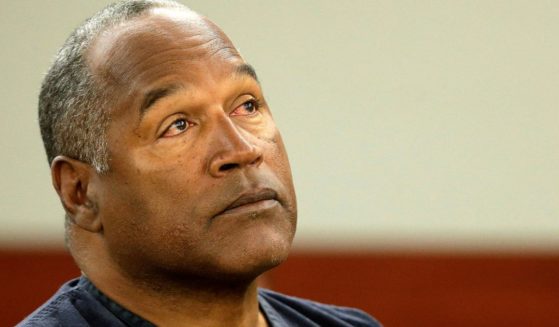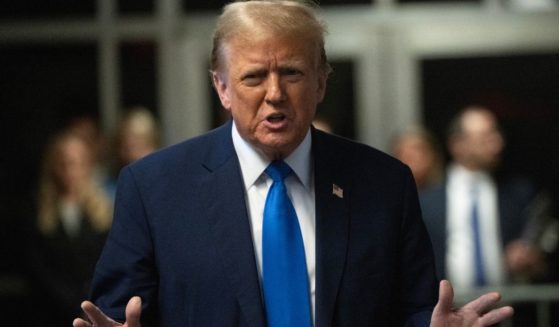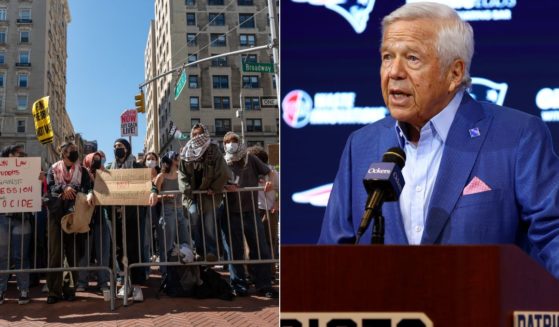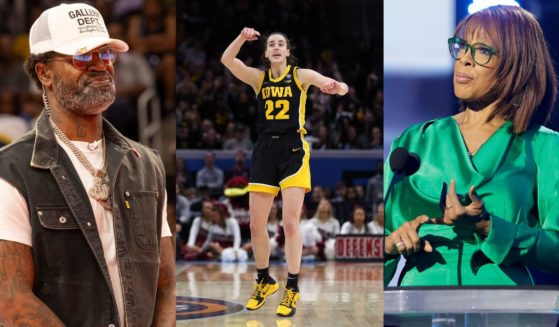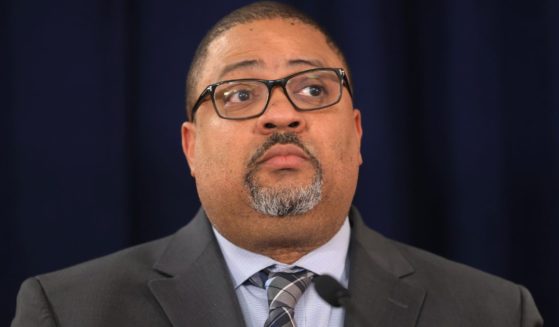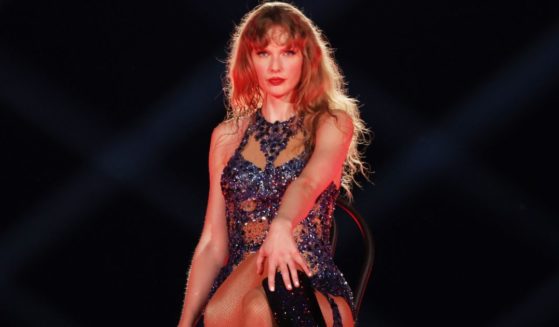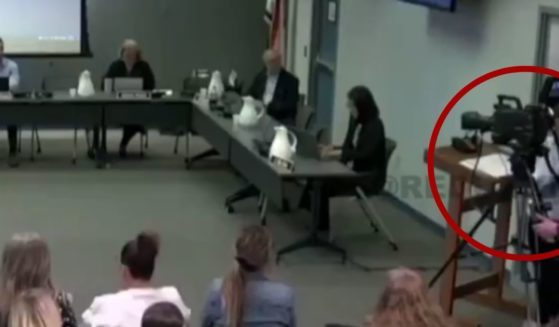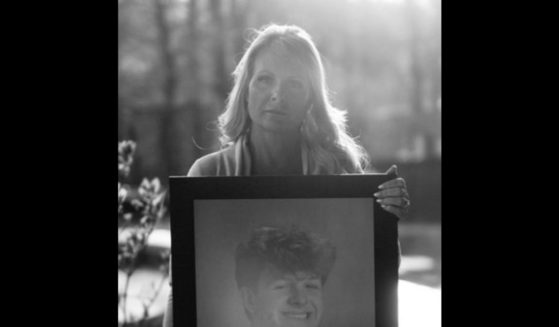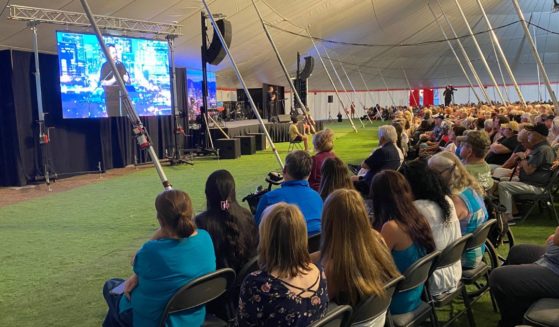New York Times Must Have Forgotten About Its Own 2015 Report That Refutes Systemic Racism
In 2015, The New York Times had a different viewpoint when it came to systemic racism in policing.
Since the death of George Floyd, the Minneapolis man who died after an officer knelt on his neck for over 8 minutes on May 25, the Times has run several articles discussing the prevalence of police shootings in minority communities.
This contradicts the news organization’s 2015 article that disputed the unproven theory of police bias in shootings.
In the article, titled “Police Killings of Blacks: Here Is What the Data Say,” then-Harvard economist Sendhil Mullainathan broke down the possible causes of disproportionate shootings when adjusted for population.
Mullainathan noted that while racial bias in policing might exist, “What the data does suggest is that eliminating the biases of all police officers would do little to materially reduce the total number of African-American killings.”
Mullainathan went on to posit that police bias “may” be a significant problem, but there are other “bigger,” more relevant issues that affect the disparity in outcomes between races.
“The data is unequivocal. Police killings are a race problem: African-Americans are being killed disproportionately and by a wide margin. And police bias may be responsible. But this data does not prove that biased police officers are more likely to shoot blacks in any given encounter,” the Times article reads. “Instead, there is another possibility: It is simply that — for reasons that may well include police bias — African-Americans have a very large number of encounters with police officers.”
This conclusion backs up the findings of Heather Mac Donald, a Thomas W. Smith Fellow at the Manhattan Institute and author of the book “The War on Cops.”
In a June 10 story for City Journal, a public policy magazine published by the Manhattan Institute, Mac Donald explained that higher levels of violent crime in minority communities lead to more police response, which in turn would lead to the increase in police encounters that Mullainathan was talking about.
“Policing today is driven by crime data and community demands for help. Victim reports send police disproportionately to minority communities because that is where people are most being hurt by violent street crime,” Mac Donald wrote.
“Blacks between the ages of ten and 43 die of homicide at thirteen times the rate of whites, according to the CDC. In New York City, blacks make up 73 percent of all shooting victims, though they are 23 percent of the city’s population. In Chicago in 2016, there were 4,300 shooting victims, almost all black.
Mac Donald found no evidence to support the claim that racial bias on the part of the police leads to more shootings of minorities.
“Are the police nevertheless engaging in an epidemic of racist violence, as we hear daily? They are not. For the last five years, the police have killed about 1,000 civilians a year, the majority of those victims armed or otherwise dangerous. In 2019, the police killed 235 blacks, most of them also armed or dangerous, out of 1,004 police shooting victims overall,” Mac Donald wrote.
“That roughly 25 percent ratio has also remained stable. It is less than what the black crime rate would predict, since police shootings are a function of the rate at which officers encounter armed and violent suspects, a fact confirmed most recently by a 2019 study in the Proceedings of the National Academy of Sciences.”
Despite this evidence provided by Mac Donald, plus the evidence laid out in their 2015 article, the New York Times is now fully backing the notion of systemic police racism, often citing the racial disparities themselves without looking for any additional contributing factors outside of race.
One example of this is a Times article published on June 7 titled “‘Pandemic Within a Pandemic’: Coronavirus and Police Brutality Roil Black Communities.”
Additionally, in a June 21 NYT opinion piece “Policing Is Doing What It Was Meant to Do. That’s the Problem,” the writers say that “whether individual police officers are racist is not the fundamental issue. The fundamental issue is whether the police — the institution of policing as it exists in the United States — is racist.”
A June 10 article by a Times critic stated that because of systemic bias in policing, television shows should reconsider portraying cops as fundamentally “good.”
She even said the children’s show “Paw Patrol” should consider removing its lovable police dog character.
“As the protests against racist police violence enter their third week, the charges are mounting against fictional cops, too. Even big-hearted cartoon police dogs — or maybe especially big-hearted cartoon police dogs — are on notice,” the critic wrote.
“The effort to publicize police brutality also means banishing the good-cop archetype, which reigns on both television and in viral videos of the protests themselves. ‘Paw Patrol’ seems harmless enough, and that’s the point: The movement rests on understanding that cops do plenty of harm.”
Truth and Accuracy
We are committed to truth and accuracy in all of our journalism. Read our editorial standards.

